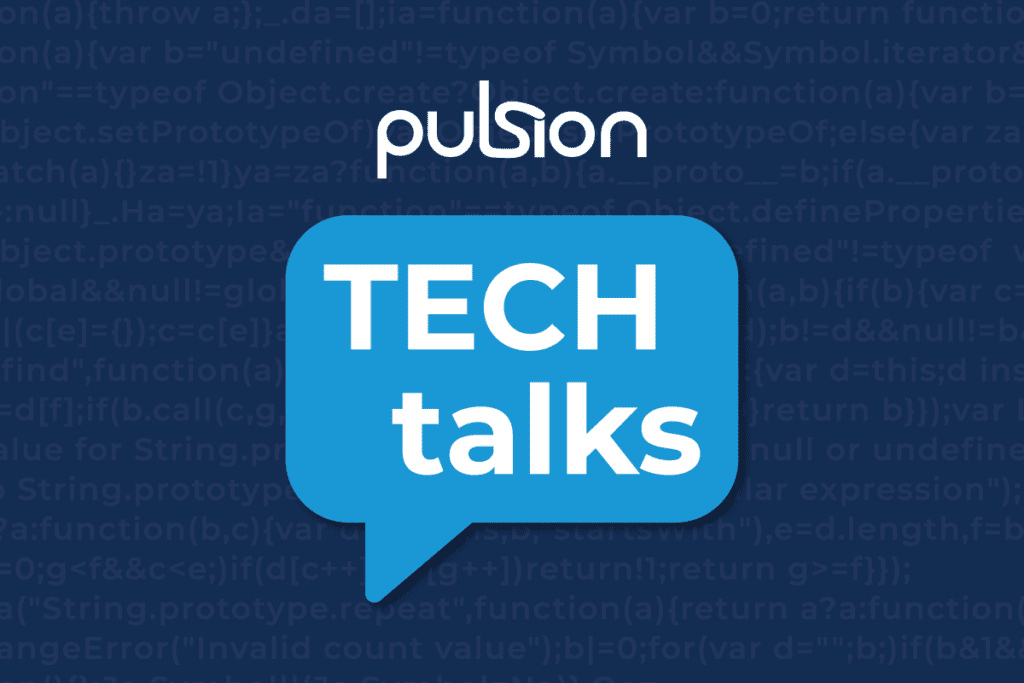Any music fan will have that one artist or band who they would love to see one last time or who they missed out on seeing and would love to have seen. What if technology could make that happen? To a certain extent this has been made possible by merging current singers or musicians with those tragically no longer with us. For example, the Royal Philharmonic Orchestra recorded a series of albums merging the voice of Elvis with them as backing. The albums were so well received that they led to a hugely successful live arena concert tour with the orchestra live on stage, merged with Elvis on screen.
Now technology has gone one step further, by producing new music from deceased artists. A recent article in NME outlines how this has been made possible by harnessing the power of artificial intelligence. The project is the brainchild of the Over the Bridge organisation and includes “new music” from the likes of Nirvana, Jim Morrison , Jimi Hendrix and Amy Winehouse.
How did they do it?
Engineers plugged full back catalogues into an AI program which then analysed the music for recurring components such as vocals, lyrics, note choices and musical instruments to develop entirely new tracks. The power of learning that an AI program can do on this scale is quite phenomenal. Technology and the music industry go hand in hand and in many respects the music industry has led the way in innovation throughout the decades.
What this does highlight more than anything from our point of view is the power of AI and machine learning and how that can be harnessed in so many ways for the benefit of the business world.
How do we transfer the machine learning capacity and technology in the Over The Bridge project for the benefit of the business world?
Intelligent Applications
In a lot of cases, you will have experienced AI applications without even knowing. Here we explore the most common applications, some you may not have thought of and offer insight into how you could benefit from exploring this further for your organisation:
Advanced text analytics:
Natural language processing is used to extract insights and relationships from unstructured text by identifying critical elements in data. Including references to language, people and places and categorising by topic. An example for use would be analysing text to determine customer opinion, making decision making informed to improve customer experience. Similarly, this analysis could be used to scan documents, social media feeds, news articles and support queries. Rather than manually scanning that text, the AI tool would learn the trends and topics you are looking for and provide results in real-time, quicker and more efficiently to improve service.
Chatbots:
AI conversations are designed to recognise both voice and text and how to respond appropriately. Think Siri, Alexa or automated responses to your questions on an online chat feature on a website. By automating the most frequently asked questions you can field many enquiries and handle them without the need for an in person conversation. Equally, responses to some initial screening questions enables you to direct calls to the most appropriate person to deal with the request. This drives overall operational efficiencies and can be scaled up or down easily depending on need.
Demand Forecasting:
From simple spreadsheets to complex software models, companies have long searched for a way to accurately predict future demand to build stock appropriately. AI models combine time series historical data with other factors such as seasonal demand to build forecasts. The time taken to build complex forecasts using AI and machine learning is reduced from months to hours and improves accuracy by at least 50%, ensuring you can plan effectively for your business requirements.
Fraud Prevention:
As more and more business transactions are conducted online, the greater the need for fraud detection and management. By utilising a machine learning model, you can train the AI programme to detect anomalies which would point to fraudulent activity. The result is that fraud can be detected within minutes and as a result, preventative measures can swing into action.
Personalisation:
Being creative in directing customers and potential customers to products they might be interested in is commonplace now and the technology behind it is AI. This can be implemented across a range of industries such as retail with product recommendations to boost cross-sell or up-sell, entertainment with viewing recommendations or personalised advert placement.
Video and image recognition:
An AI model to analyse video and images to detect features or objects can be applied to use cases such user verification, identify objects, places or people, identify specific text. A specific example for this technology is to build a model which identifies specific machine parts on an assembly line or to detect defects. An excellent use case is to detect inappropriate content in imagery or content and a widely used application is digital identity verification.
This gives an brief overview of the impact AI and machine learning can have and how it’s making an impact on the business world. Is it time for you to explore what this could do for you? Speak to us – we offer a completely free consultation to let you explore the possibilities.




